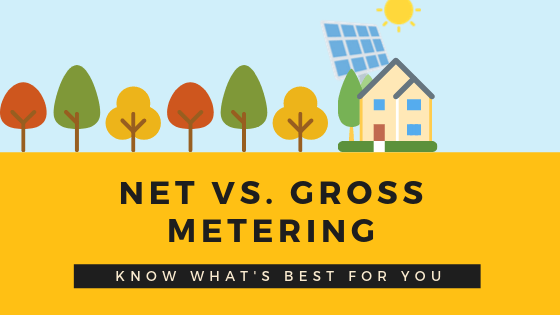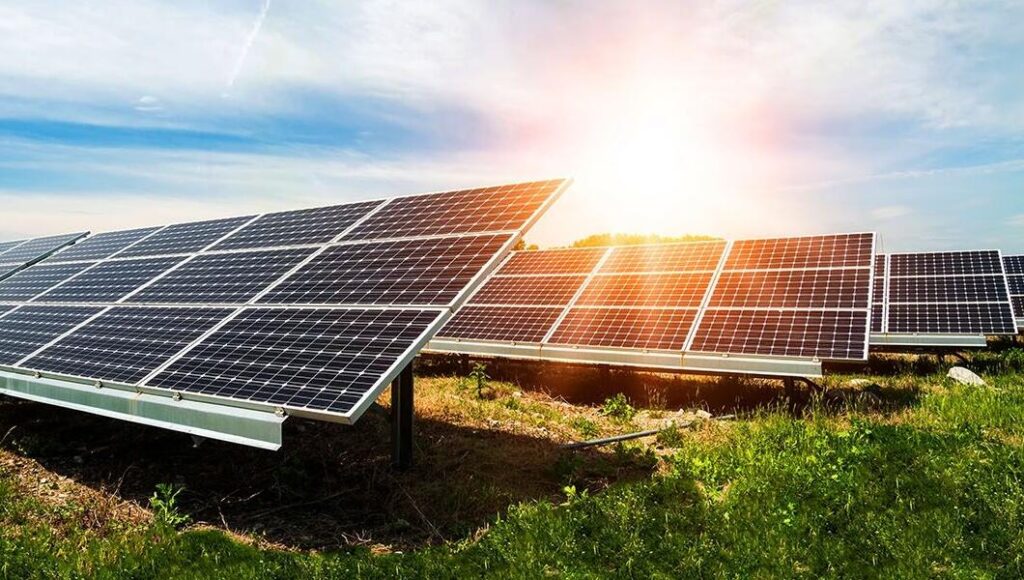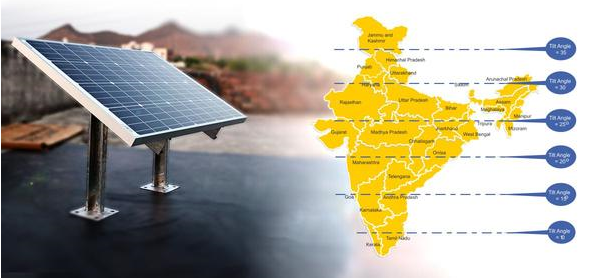Effective operation and maintenance (O&M) of your solar power system is important to ensure peak efficiency and improve the longevity of the system. Here are 7 things to keep in mind for the smooth operation of your system:
- General checks: These have to do with the overall physical protection of the system and include the following checks:
- There is adequate drainage and no roof clogging or water pooling
- There is no ground erosion at the base of the ground mount system
- No corrosion in the racking system
- Electrical enclosures are accessible to authorized personnel only
- No loose hanging wires in the array
- There are no signs of animal infestation (especially mice) near the system
- There is no debris in the inverter pad area or elsewhere
Specific checks comprise the component-wise measures that are essential for preventive maintenance.
- Modules: Cleaning of modules must be done fortnightly. The water used for cleaning must have TDS (Total Dissolved Solids) below the level of 250 parts per million (ppm). Hard brushes may damage the glass surface of the modules and must be avoided. After washing, the modules must be wiped dry to ensure no stains remain, as these could affect the energy efficiency of the solar power system.
- Inverter: Keeping in mind the dusty Indian conditions, monthly rather than quarterly servicing is recommended. Use of high-quality filters for ventilation can be very beneficial. It is also important to track and prevent sharp voltage fluctuations.
- Cabling connector: There must be no gap between the male and female connector pipes as this could result in an accidental fire, causing damage to the modules.
- Transformer: Parameters like Operating Temperature, Oil Temperature and Winding Temperature must be monitored regularly. The transformer must also be cleaned once every six months.
- Protection from external elements: It is important to prevent the entry of rats and other rodents which can get electrocuted, causing a short circuit. Besides, high-pressure water can damage the modules. The system must therefore be completely sealed to prevent incidents like these.
- Remote monitoring: This is a new development in preventive maintenance in which data from components like inverter, probes and meters can be remotely received and monitored on a continuous basis.
At VEMC, we work to maintain solar plant infrastructure and equipment, to improve the longevity of equipment by preventing excess depreciation and impairment. This enables the solar power plant to produce the maximum amount of energy throughout its operational life, and perfectly align the interests of developers, clients, and investors.
For further information on any aspect of solar energy, feel free to contact us on +91 98199 07445. Check out our solar story here. We would be happy to assist you in finding the best match based on your requirements. With 72 years of market experience, VEMC provides end-to-end EPC services to its clients. VEMC is ISO 9001:2015 certified and a pioneer in the field of electromechanical engineering products, allied equipment, and services.




